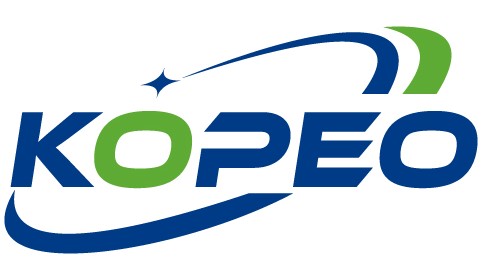The compatibility of the Hydrotreated Petroleum Resin and elastomer is an important factor affecting the adhesive strength of hot melt amines. Compatible tackifier resin and elastomer can reduce the amount of colloid energy storage film, and under a certain stress, the colloid is fully bonded with the adherend; if they are incompatible, the amount of colloid energy storage film will increase, which will reduce the adhesion between the colloid and the adherend.
The compatibility of a tackifying resin with a polymer matrix is a physical quantity related to its polarity and the relative molecular mass of the resin. If the polarity is the same and the relative molecular weights are similar, compatibility is good. For example, aromatic plasma styrene (P3) is incompatible with natural sassafras rubber, but compatible with aromatic butyl rubber gum; polyvinylcyclohexane (PVCH) with an average molecular weight of 650 is compatible with natural rubber, but PVCH with a relative molecular weight of 1,800 is not compatible with natural rubber.
Hydrogenated petroleum resin is a low molecular weight functional resin, its molecular weight is generally less than 2000. Its molecular weight is generally less than 2000. it is thermoplastic, soluble in organic solvents, especially petroleum solvents, and has good compatibility with other synthetic resins. It has excellent water resistance and weather resistance.
Its main performance indexes include softening point, color, unsaturation, acid value, saponification value and density. Softening point is an important property of hydrogenated petroleum resin, which reflects the hardness, brittleness and stiffness of the petroleum resin.
The softening point of hydrogenated petroleum resins for the rubber industry is generally 70°C~100°C, and that of hydrogenated petroleum resins for the paint industry is 100°C~120°C. Color is another important characteristic index of hydrogenated petroleum resins. Light colors are used in the paint and coating industry, intermediate colors are used in the printing industry, and dark colors are used as
Rubber Additives.
